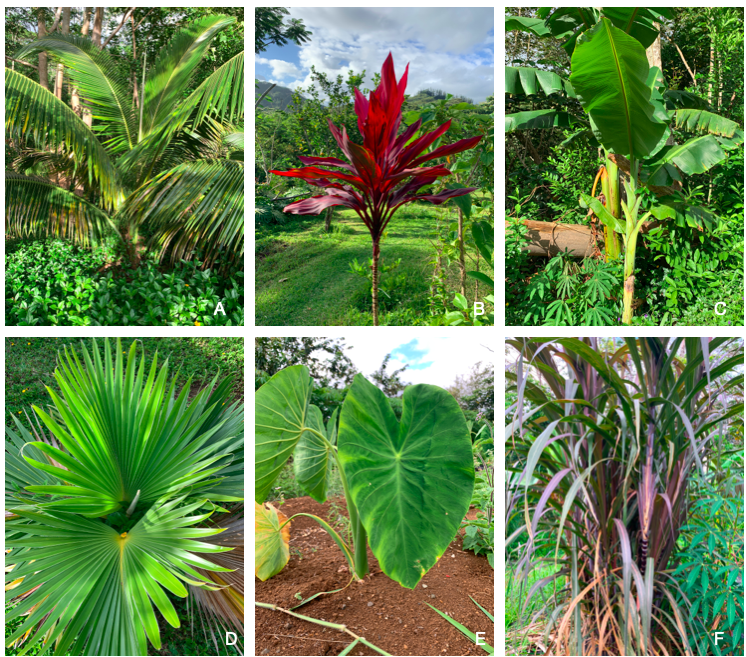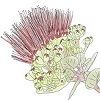9.2: Monocots and eudicots
- Page ID
- 59251
Angiosperms can be divided into several groups: Basal clades, Magnoliids, Monocots, and Eudicots. Most angiosperm families fall into the monocots and eudicots groups. These two groups have very specific morphological (external) characteristics. We will look at them closely here, but they were also explored briefly in previous chapters of this book.
Seeds
Monocots have one cotyledon (mono = one; cotyledon = seed leaf), while eudicots have two (eu = true; di = two; cotyledon = seed leaf). For example, beans are eudicots and when their seeds germinate it is easy to see the two cotyledons (Chapter 5, Figure \(\PageIndex{1}\)). The same thing happens when you cook beans, some of the seeds may split into two parts. Monocot seeds don’t do that, they stay intact. Corn is an example of a monocot.
Flowers
Dicot flower parts are organized in multiples of four or five, while in monocots flowers are organized in multiples of three. Some plants have petals and sepals while others have tepals. Tepals are the ancestral condition in flowering plants and are undifferentiated (they look the same). You may see a flower that has flower parts that look identical and you can’t tell if they are sepals or petals like in daylilies (Hemerocallis spp.; Figure \(\PageIndex{1}\)) and in spider lily (Crinum asiaticum; Chapter 5). An example of a monocot is a spider lily, which has six petals, while an example of a dicot is a Hibiscus, which has five petals (Figure \(\PageIndex{1}\); Chapter 5).
Roots
Overall, eudicots generally have tap roots while monocots have fibrous roots (Figure \(\PageIndex{1}\); Chapter 2). There are exceptions to this rule, for example, eudicot species may have adventitious roots. Tap roots have a prominent primary root that develops when the seed germinates and the radicle emerges. From there, secondary or lateral roots grow. Fibrous roots, as the name suggests, look like fibers, with all the roots being of similar length and diameter. Fibrous roots usually form a dense shallow root system. Fibrous roots are also known as adventitious roots because the primary root that forms when a seedling germinates is eventually replaced by lateral roots from the stem of the plant.
Leaves
Eudicots have reticulate (net-like) venation on their leaves, while monocots usually have parallel venation (Chapter 4). However, there are exceptions to this rule. For example, kalo/taro is a monocot that does not have parallel veins on the leaves (Figure \(\PageIndex{2}\)). In reticulate venation, the branching pattern further divides into smaller veins resembling a net. In parallel venation, several secondary veins are parallel to the midrib and to each other.


Other characteristics
Several anatomical characteristics can also be used to distinguish monocots and eudicots. focus on the internal structure of plants (anatomy). You won’t be able to see them with the naked eye, but you could use them to differentiate between plant groups if you had a microscope. For example, monocots have their vascular bundles scattered in the stem, while eudicots have them organized in a ring around the stem (Chapter 3). In monocots, like corn, these vascular bundles are scattered throughout the stem tissue. Eudicots, like beans, are a little more complex. Eudicot stems can be herbaceous or woody. In herbaceous or young woody eudicots the vascular bundles are arranged in a ring around the stem. In older stems, these bundles tend to fuse to form concentric rings. Also, pollen grains in eudicots have three apertures, while monocots have only one.


